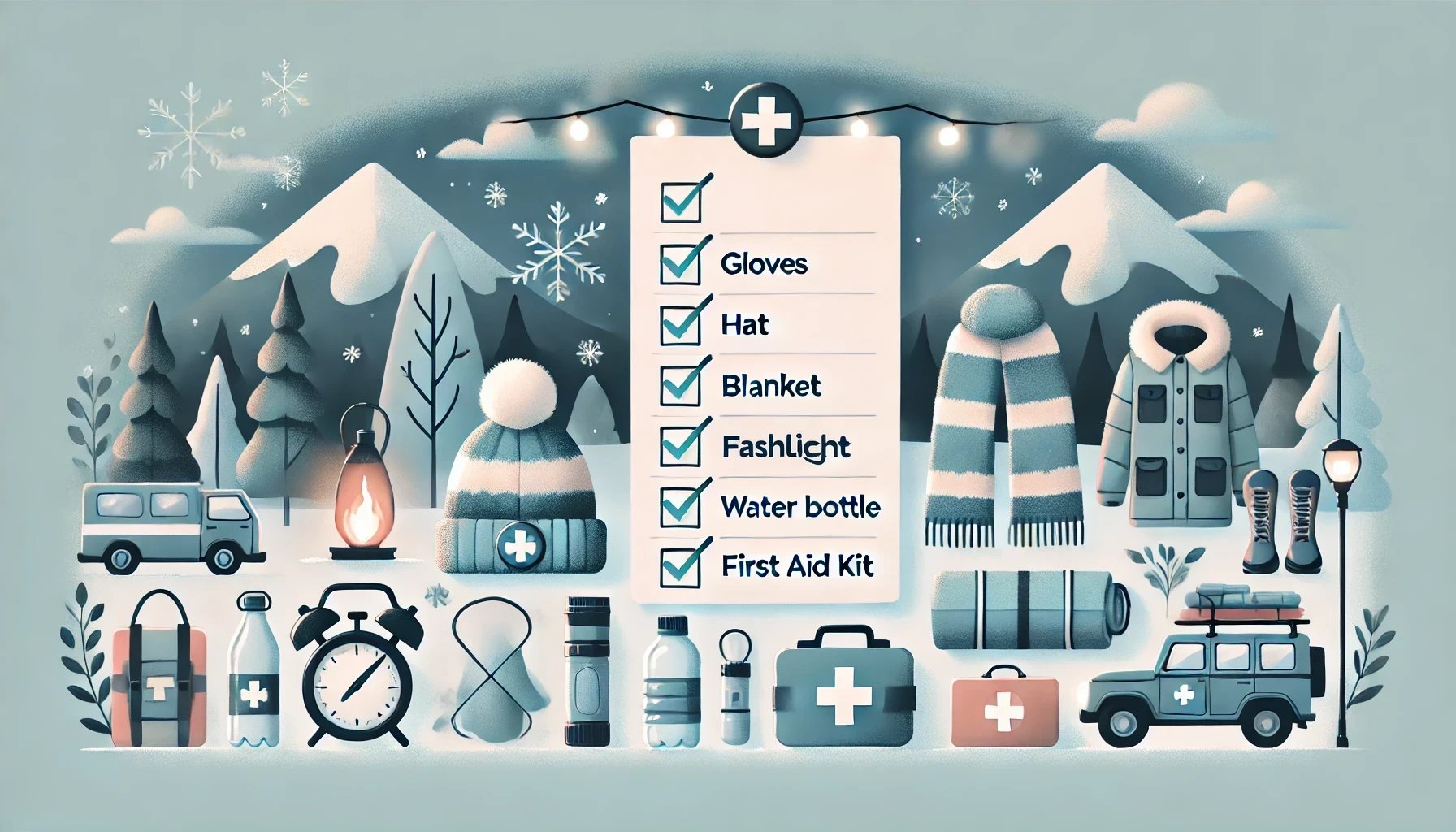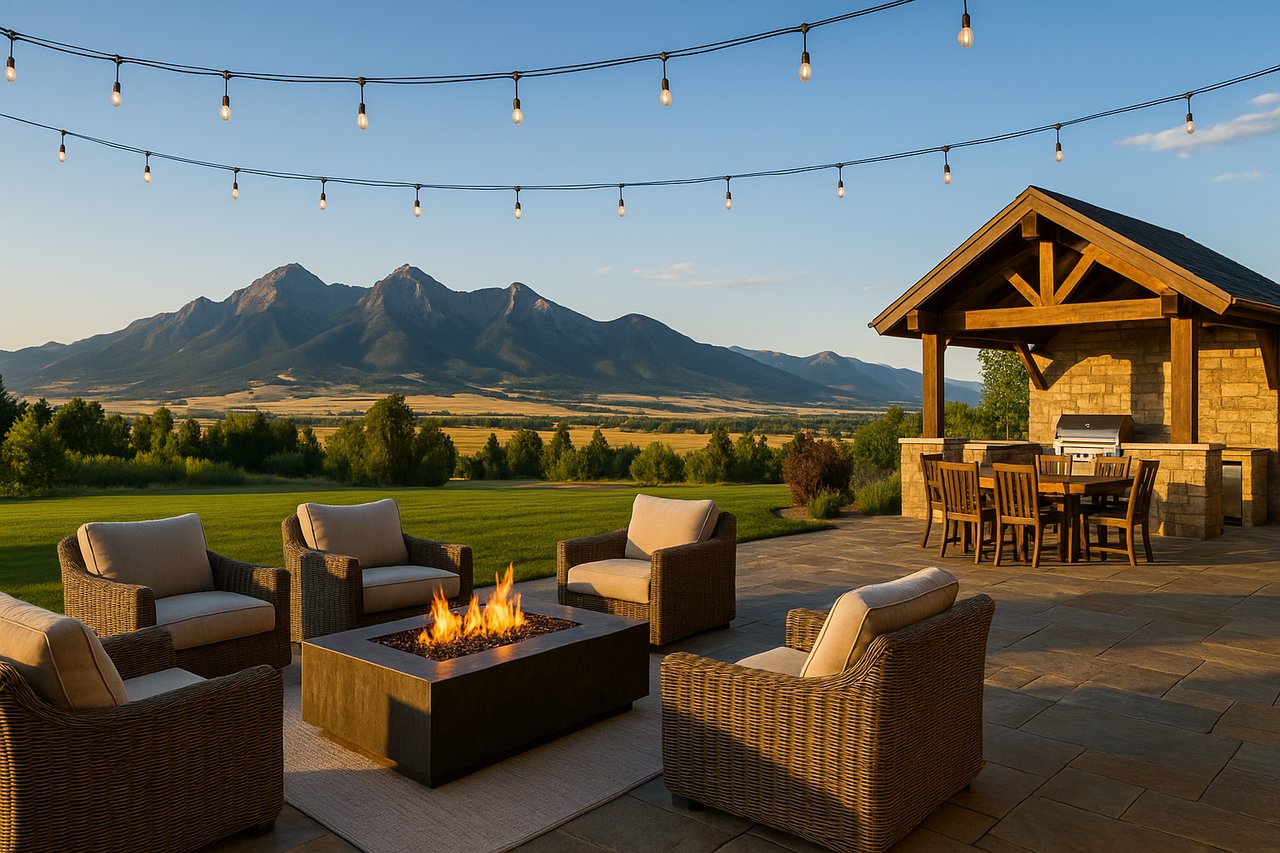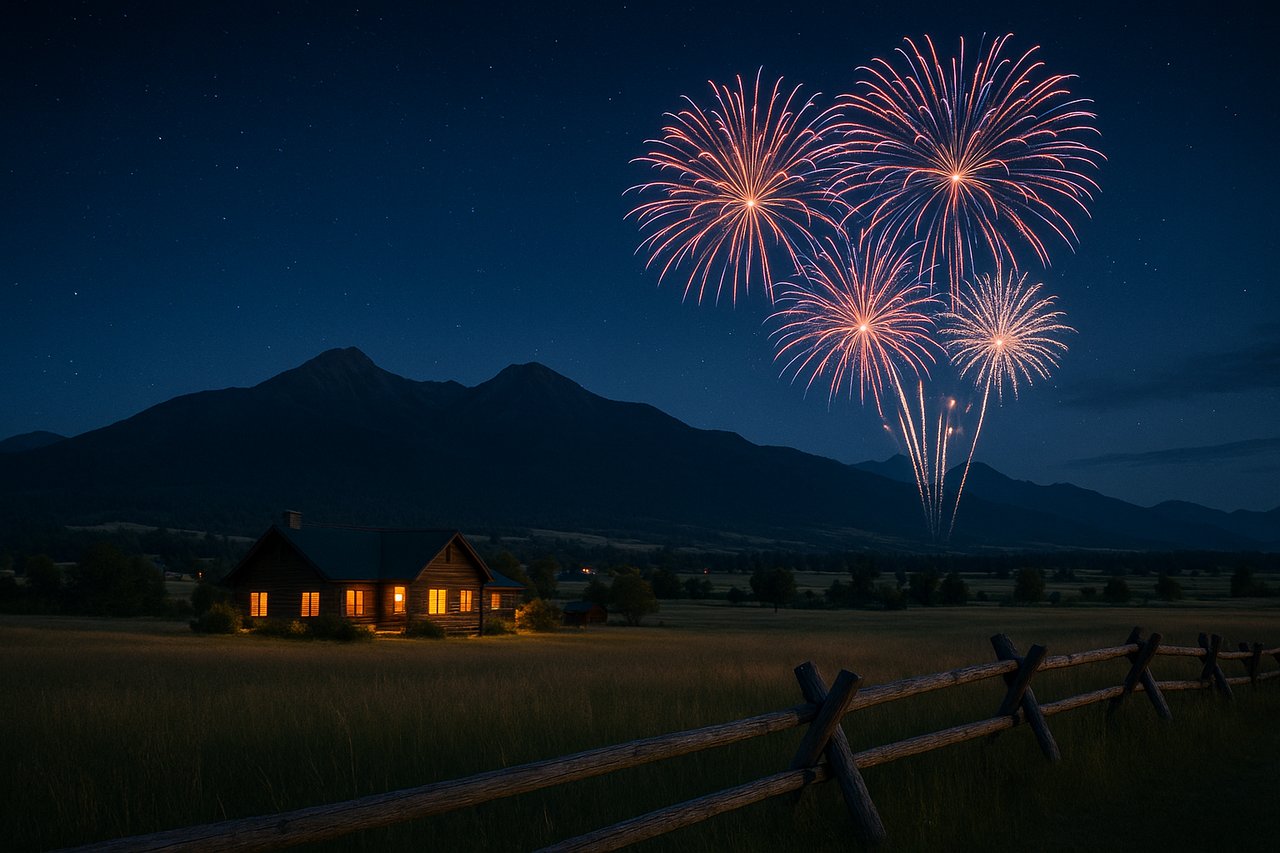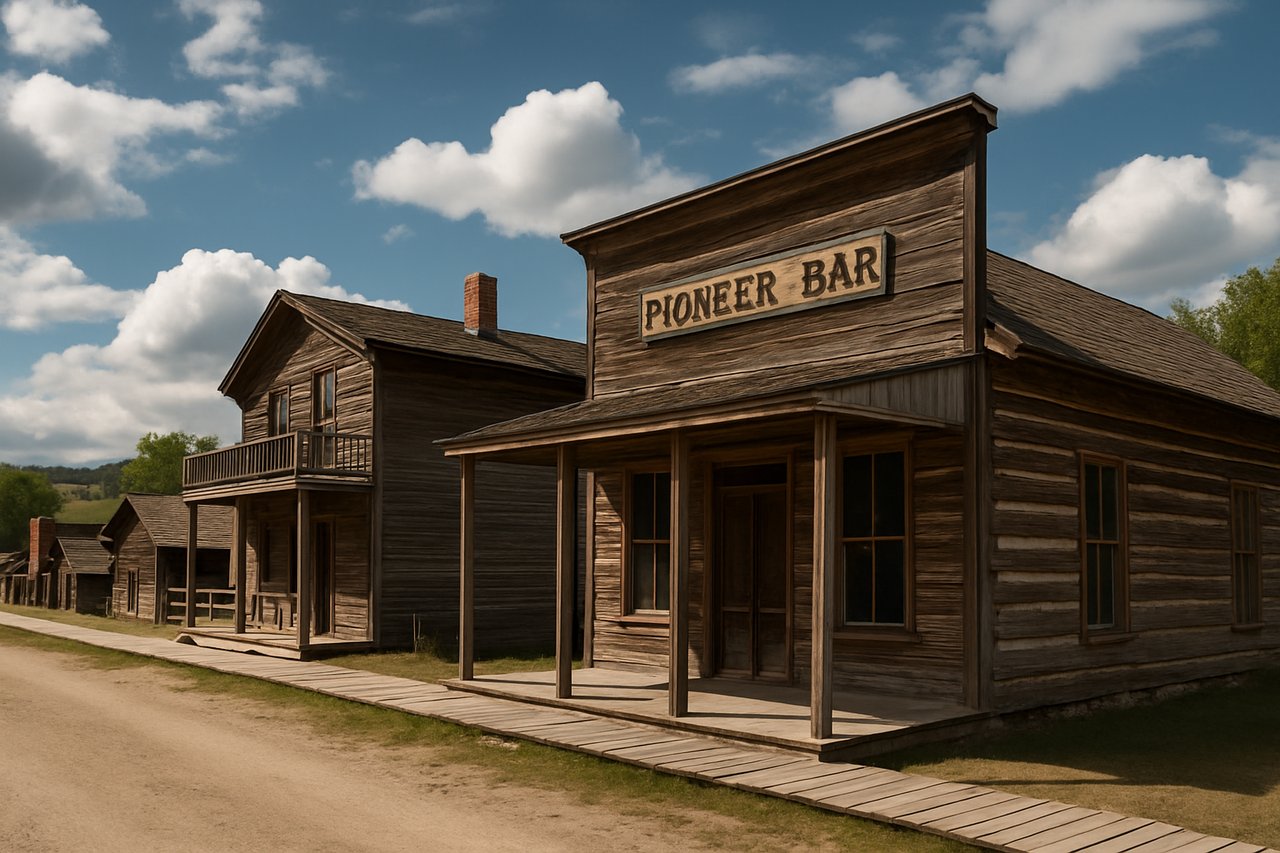Winter in Gallatin Valley is breathtaking, but it also brings unique challenges that require preparation. Whether you're new to the area or just looking to refresh your cold-weather readiness, this guide breaks down each item on our Winter Essentials Kit, ensuring you're fully equipped to face Montana's snowy roads and remote conditions.
1. Clothing for Warmth and Comfort
- Warm, Waterproof Gloves & Wool Hat: Hypothermia can set in quickly, so quality gloves and a wool hat are crucial. Choose ones that are waterproof and well-insulated.
- Extra Fleece or Light Jacket: Layering is key in Montana's winter. An additional fleece or light jacket can serve as a backup if you need extra warmth.
2. Emergency Medical Supplies
- Big First Aid Kit: Equip it with essentials like bandages, antiseptic ointment (like Neosporin), full-sized medical tape, and a good pair of scissors.
- Fire Starter or Matches: In case of a breakdown or if you’re stranded, a reliable fire starter from a store like REI could be lifesaving.
3. Warmth and Shelter
- Hand Warmers (6-8 Packets): Small but mighty, hand warmers provide heat when you need it most.
- "Space" Blankets and Thick Blanket: The thin, reflective "space" blankets help retain body heat, while a thicker blanket offers warmth and comfort.
4. Food and Water Preparation
- Water Filter: Snow may be abundant, but safe drinking water isn’t. A water filter allows you to turn snow into drinkable water.
- Non-Perishable Foods: Energy bars are a lightweight and nutrient-dense option that can sustain you if you're delayed.
5. Safety and Navigation Tools
- Flashlight/Headlamp & Extra Batteries: A dependable light source is essential for night visibility.
- Knife/Multi-Tool: A multi-tool with a corkscrew, pliers, or scissors is versatile for numerous unexpected situations.
6. Essential Tools for Unexpected Situations
- Duct Tape & Rope: Duct tape can fix nearly anything temporarily, and rope is helpful for securing items or towing.
- Whistle: If you’re in a low-visibility area, a whistle helps signal your location to others.
7. Additional Comfort and Safety Items
- Sunscreen: Even in winter, UV rays reflect off snow, so sunscreen is still a necessity.
- Spare Boots: Always keep a sturdy pair of boots, especially if you normally drive in lighter shoes.
- Toilet Paper/Kleenex & Sanitizer: These are practical additions for roadside stops.
8. Special Considerations for Winter Driving
- Water Supply: Always have at least a liter of water. For longer drives, carry two liters, but don’t leave water in your car overnight to avoid freezing.
- Contacts for Wildlife and Emergency Services: Having contact numbers for Fish and Game or local non-emergency services can be vital if you encounter wildlife or need assistance.
Optional Additions
- Flares and Zip Ties: These may be optional, but flares increase your visibility if you’re stuck, and zip ties can be used in countless situations.
If you’d like a PDF version of this checklist to print off and keep handy in your car or home, [click here to download it].






